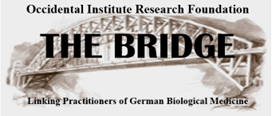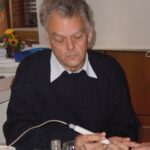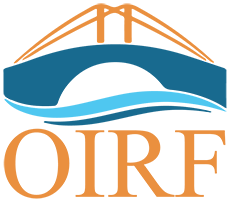As you know, through functional medicine we have tried for quite a long time to reach into the genome for diagnosis and therapy. However, the results were not satisfactory.
The reason for this is the too low diagnostic penetration depth. The Photon Resonance Test, abbreviated PRT, provided the remedy here. The possibility of penetrating into the cell nucleus produced the first opportunity due to the opening of the transcription of the DNA strand to grasp and to delete the exposed miasmas.
With the PRT good results were reached.
However because there are patients who produce miasmas in the shortest time, produced almost volcano-like, I had to come in more deeply. In the normal condition the DNA strand is rolled up on the histone, like yarn on a spool. Here, there is no opening and also no possibility to read off information.
However, what if it succeeded in reading the individual DNA segments on this targeted histone spool?
Then, the information of only this one segment would have to become observable and correctable. First, all 5 nucleotides had to be obtained in homoeopathic preparation of D5-D60.
The next step: find an indicator, the “forceps” so to say, to be able to touch only the one segment in each case.
However, as I assumed finding this “forceps” was difficult. After several month-long series of examinations, it turned out that the bulk of these “forceps” already existed; only with other indications.
A clear relationship between cytosine and Ac. succinicum D200 was established with this search.
An experienced VRT/ART Tester knows this test ampule from the 1980’s. At that time, it was used as a reference ampule for deficiency conditions.
This fact led to a thorough scrutiny of the many, old test sets.
The result follows here:
Adenosine Kreosotum D60
Guanine Graphite D30
Uracil Silicea D30
Cytosine Ac. succin. D200
Thymine Carbo veg. D30
The test process: put one of these ampules in the measurement circuit. Put the nucleotides also into place one after the other. The correct one yields a reaction. Now, the applicable potency must still be looked for.
Potencies D5-7 and D30-60 show this part of the nucleotide strings deep seated on the histone, therefore a release of these potencies of stored pathological information is unlikely in the near future.
D8-20: here, toxin release is likely, and therefore is a therapy indication. The toxin identification takes place by nosodes. Interventions on the nucleotide level have gigantic, lever-like effects on the mesenchyme. It therefore needs quite intensive drainage.
The therapy system:
Uracil FM-Colchicum, lymph drainage
Thymine FMS-Crotalus, FM-Colchicum, kidney drainage
Guanine FMS-Elaps, FMS-Crotalus, skin drainage
Cytosine FMS-Elaps, FMS-Thuja, lung drainage
Adenosine FMS-Thuja, Bor. D30 D60 intestines drainage
The dosage: FM preparation 1-2 drops every 10 days.
Bor. 3 drops 1 x weekly.
For the recommended drainage a low potency complex homeopathic and additionally a phytopharmaceutical in usual dosage.
The first results available with this method are good, but unfortunately the number of patients treated like this is still very small.

An exclusive translated article for Affiliates
From THE BRIDGE Newsletter of OIRF
Published February 24, 2004
An article about the on-going PRT research by Michael Kofler, MD
Machine Translation by SYSTRAN and Lernout & Hauspie
Translation and redaction by : Carolyn L. Winsor, OIRF
© Copyright 2004, Dr. Michael Kofler, Welsberg/Südtirol, Germany



